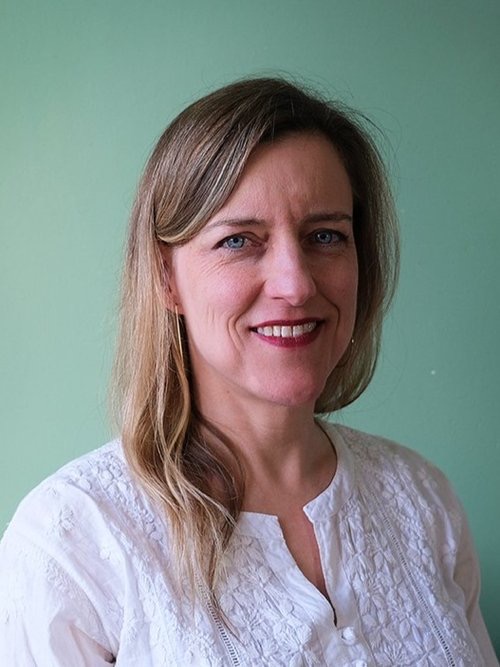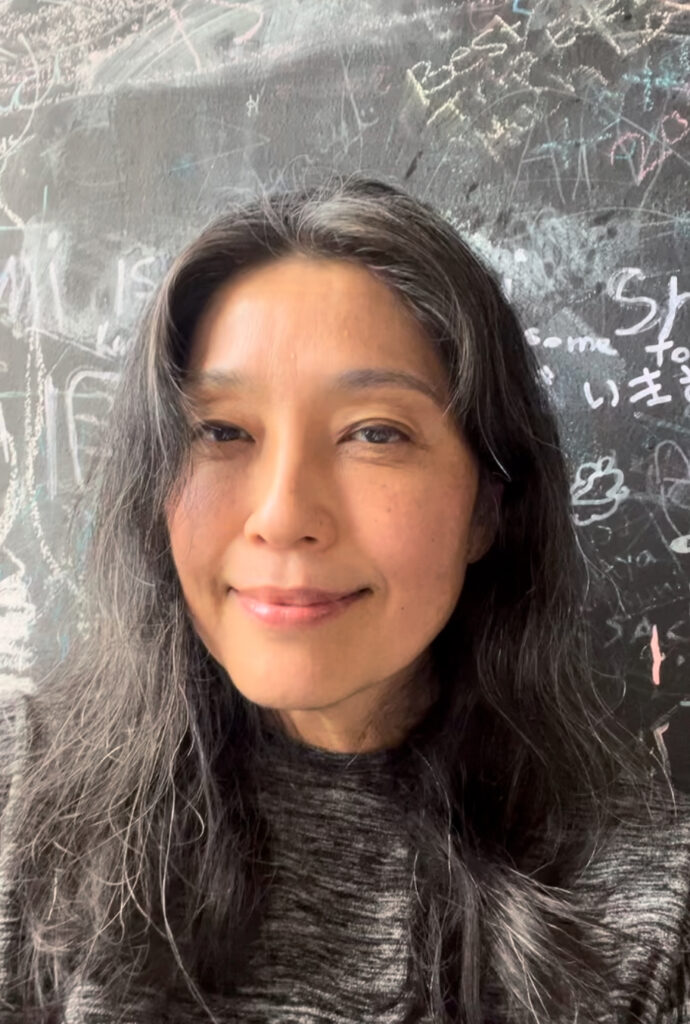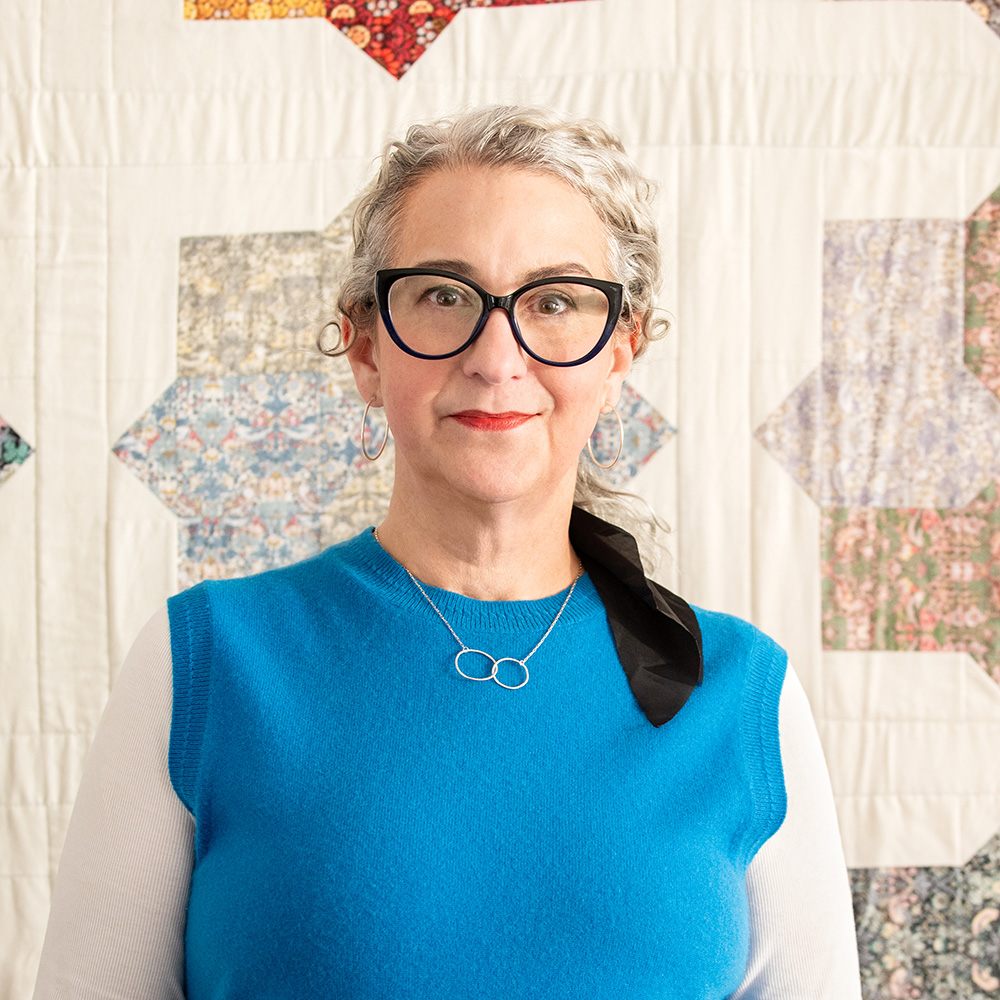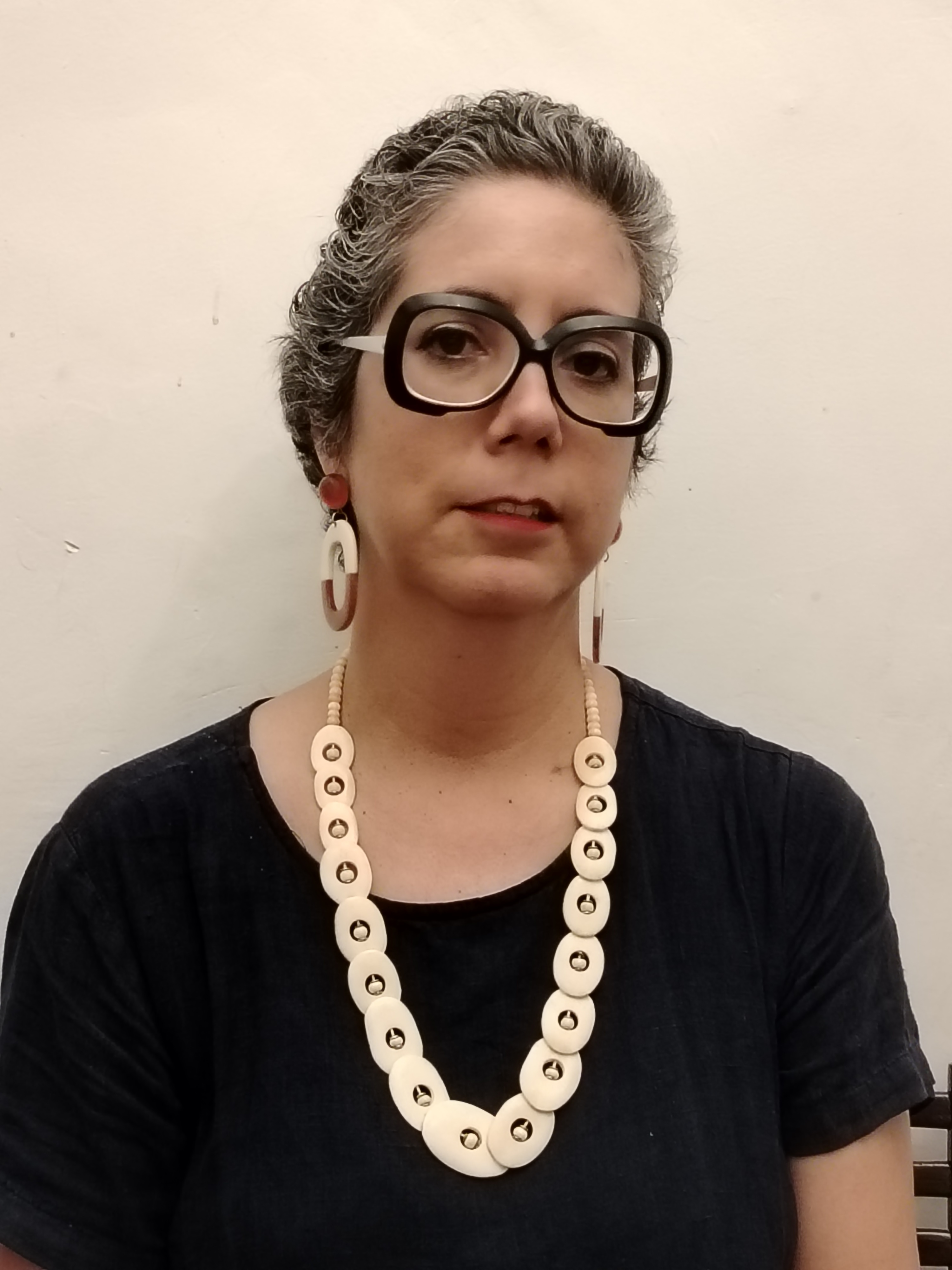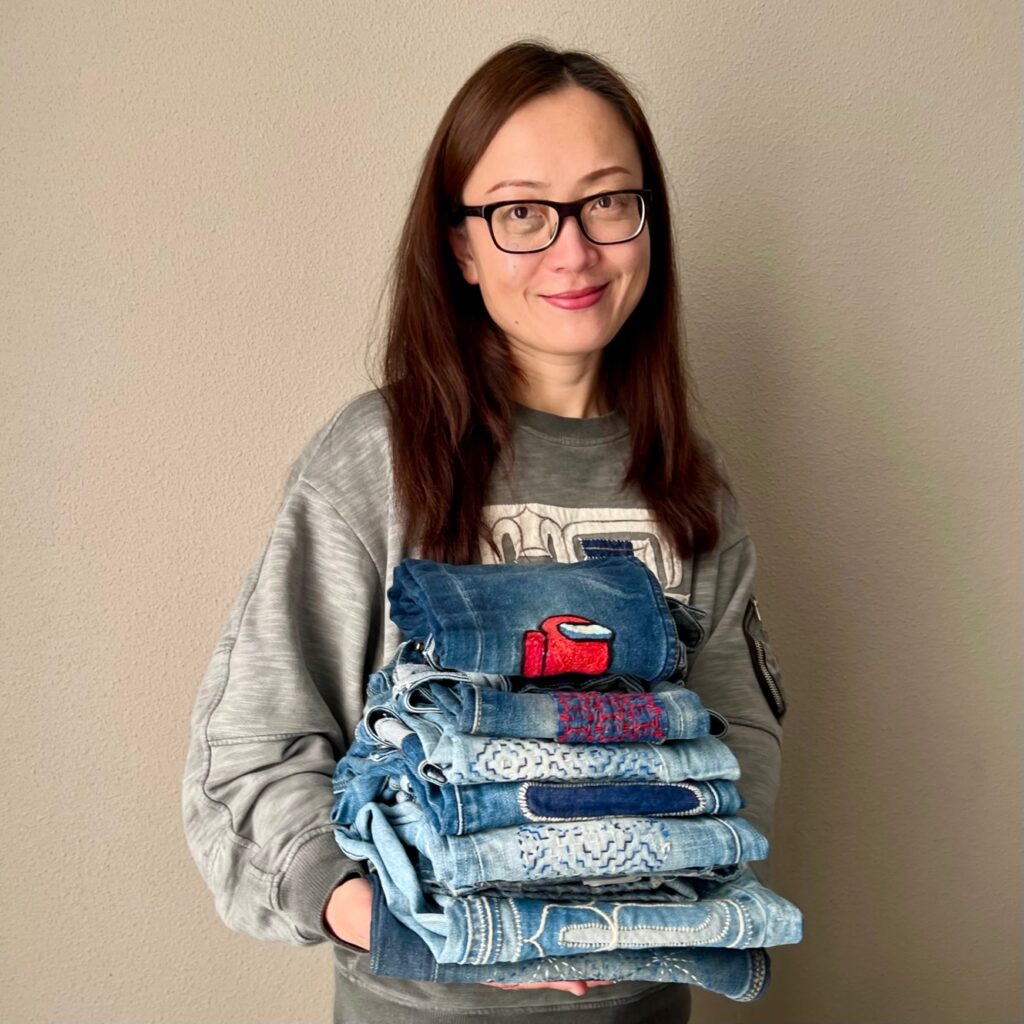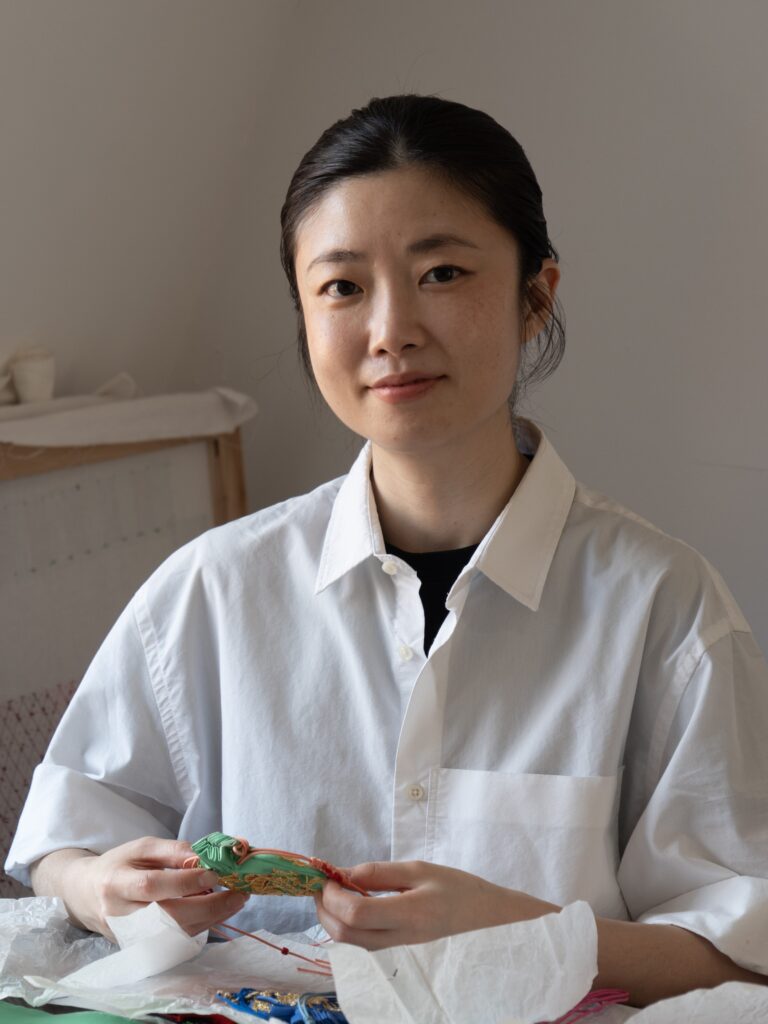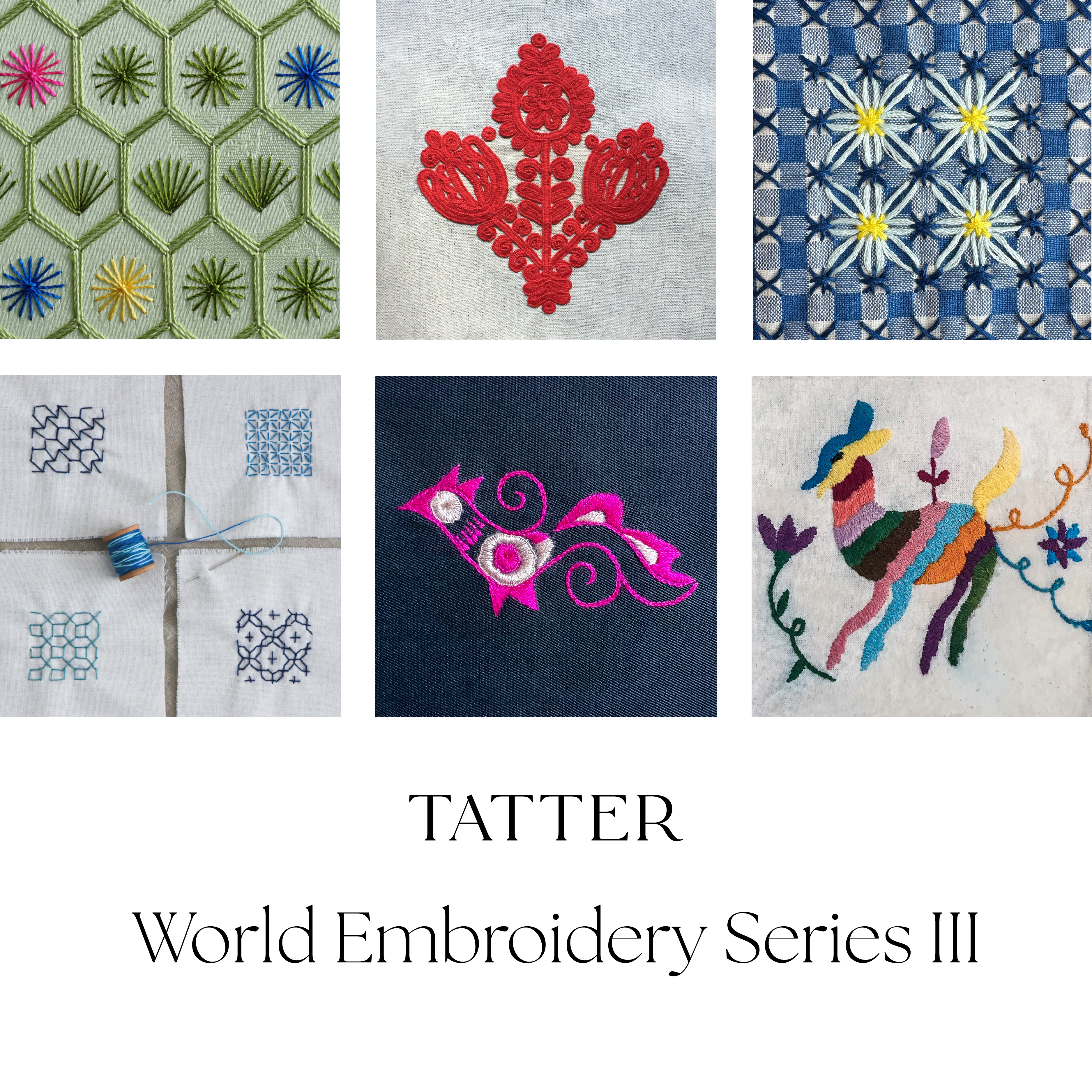
Embroidery is a technique of decoration: the use of needle and thread to elaborate fabric, materials, or objects. Practiced across time and place, embroidery displays and celebrates culture and identity. Ancient embroideries – sewed with spun gold thread, tracing a pharaoh’s hem, twined into fruiting trees or rigorous geometries – have been discovered on every continent, the archaeology of a universal impulse. Our World Embroidery Series is a celebration of this global craft. Across six classes, sewists will encounter an astonishing array of culturally specific techniques, and will have the opportunity to learn from accomplished practicing teachers who are equally purposed in preserving heritage techniques.
Stitchers of every level are welcome to participate in this series, learning the motifs and mechanics of six distinct embroidery traditions from across the globe, in a series designed to convey the meaning and histories of specific stitching practices. This class will allow students to increase their skills, to participate in the preservation of culture, and to explore some of the diversity of ethnographic contributions to this ancient, tactile artform.
The Series
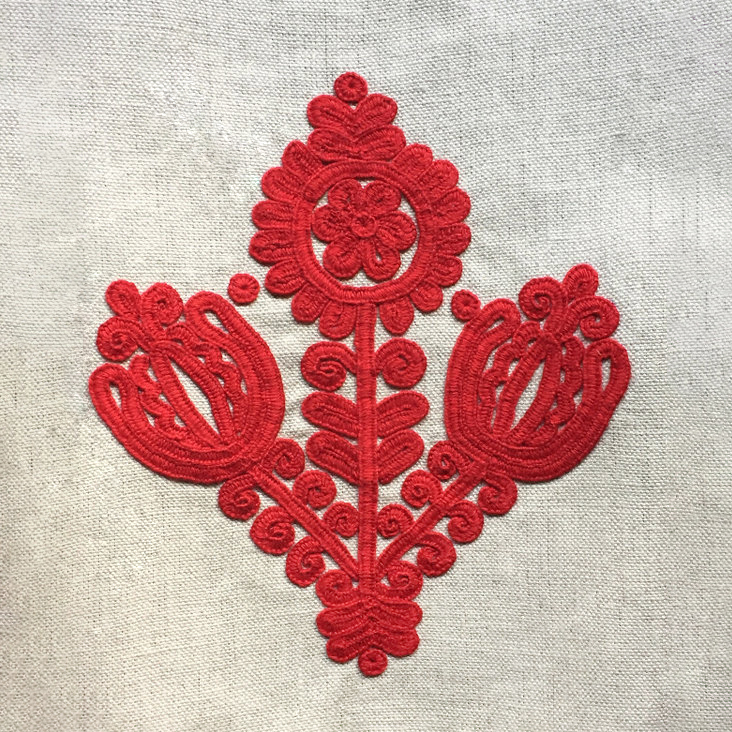
Hungarian Written Embroidery
with Sarah Pedlow
This class will teach the basic stitches of Hungarian Written Embroidery, also known as Írásos, a folk style that originated in Transylvania, Romania in the late 18th Century. As the basic chaining stitch is learned and mastered, a beautiful pattern will emerge. Students will stitch a folkloristic design on a piece of linen that can later be sewn into a small bag, pin cushion, or decorative hanging, or added to a quilt or clothing. Sarah will share her knowledge of the culture and history of Transylvanian textiles and her extensive travel experiences in Hungary and Romania.
September 26th, 2024
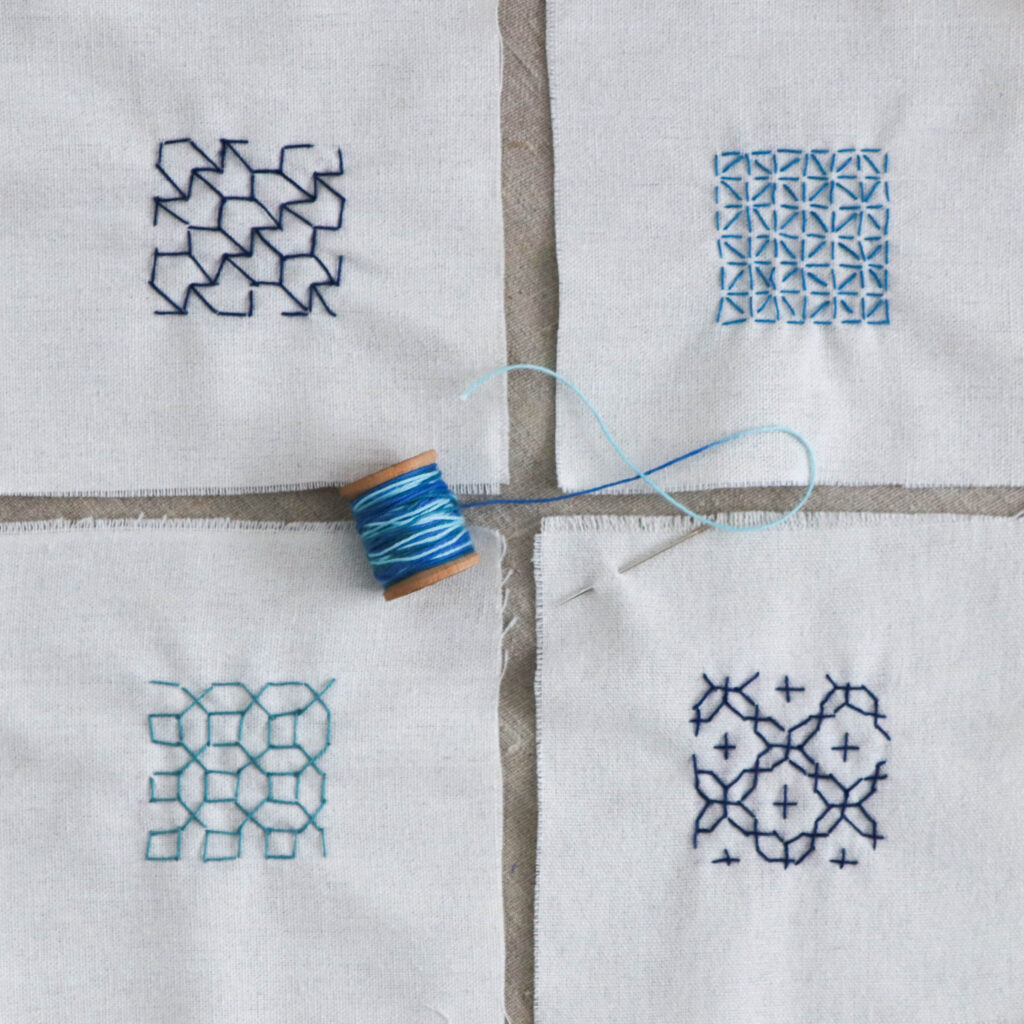
Sashiko Embroidery
with Sanae Ishida
Sashiko, the much beloved Japanese embroidery, includes a variety of techniques formed with running stitches. In this class, Sanae Ishida will cover four Sashiko techniques and demonstrate the “Hitomezashi” or “one-stitch pattern” style. Though seemingly complex, Hitomezashi is quite simple and can become a meditative and calming practice with time. Sashiko and Hitomezashi embroidery are both rooted in mending. Once added to your toolbox of stitching skills, these techniques can add beauty to sewing projects of all kind – from clothing to household objects.
October 3rd, 2024
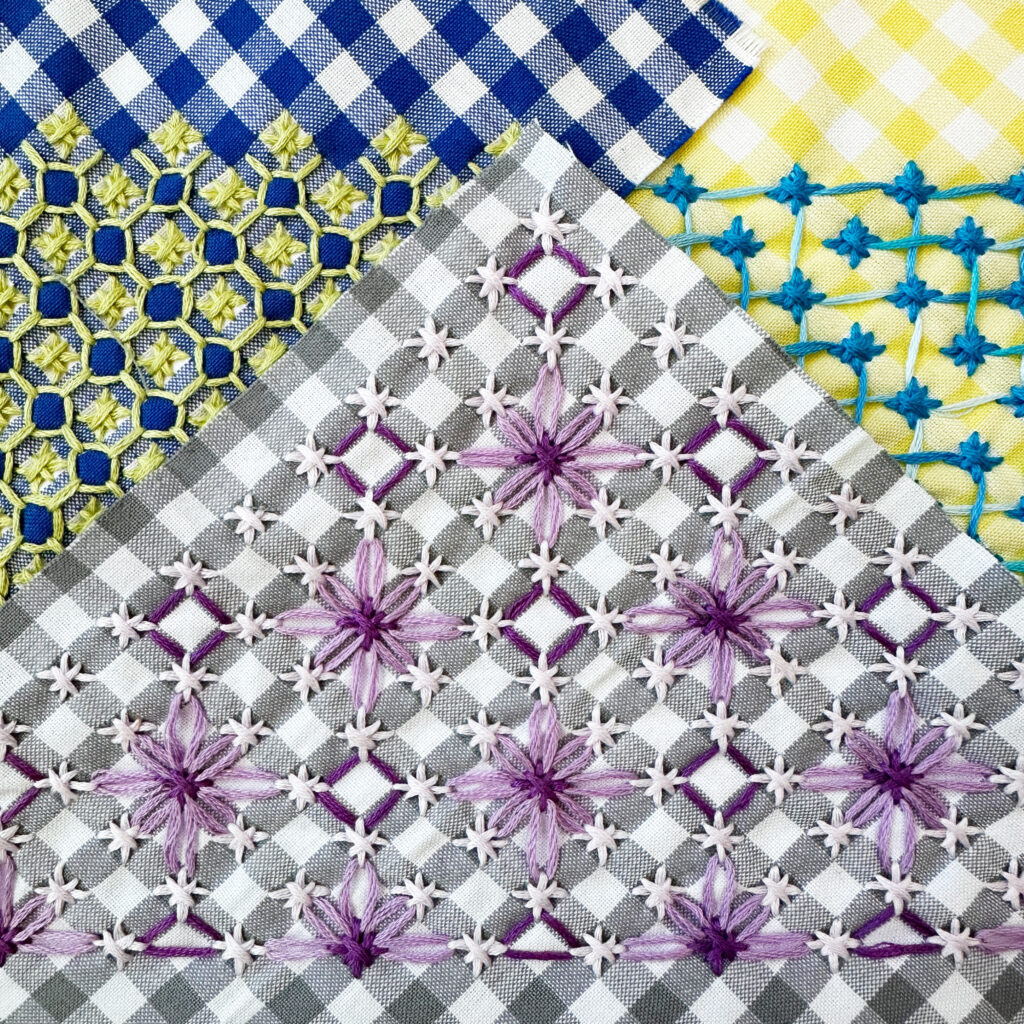
Chicken Scratch Embroidery
with Blair Stocker
Chicken Scratch Embroidery is a vintage hand embroidery technique that has been used to add detail, patterning, and decoration to gingham fabric. Using the grid patterning of gingham fabric to create the stitch pattern, Chicken Scratch is easy to learn and meditative to stitch. In this workshop, Blair Stocker will cover a variety of the basic stitches that make up this type of embroidery, her favorite supplies, and tips for successful stitching. She will also share a bit of the history of Chicken Scratch embroidery in the United States, through the vintage samples she has collected. With just a few materials, you will find that gingham fabric can be completely transformed!
October 10th, 2024

Otomí Embroidery
with Maité Jiménez
Otomí embroidery, also known as Tenango embroidery, is attributed to the indigenous Otomí-Tepehua community in the mountains surrounding Tenango de Doria in the state of Hidalgo, Mexico. In addition to its distinct and joyful imagery, Otomí embroidery is well-loved for its vibrant use of color. Otomí embroidery technique maximizes the amount of colorful thread on the fabric by tactfully using what is available and minimizing thread on the backside. In this workshop, participants will embroider their own Otomí designs at home, while learning about the history and deep cultural significance that embroidery plays in Mexican culture.
October 17th, 2024
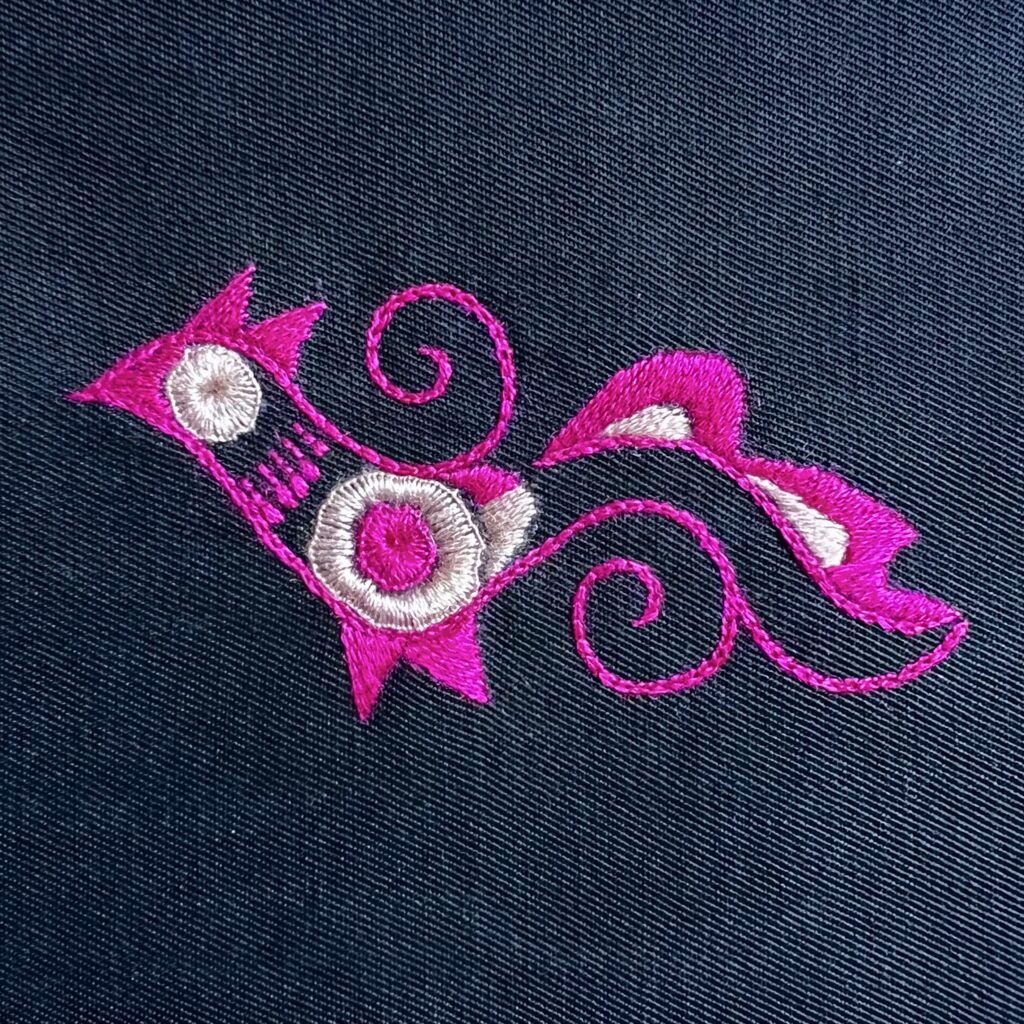
Raojia Embroidery
with Selina Ben
In this class, Selina Ben will walk students through the brilliant textile heritage of the Raojia people of Southwest China. She will talk about Raojia traditional patterns and material culture while presenting images of historical Raojia costumes, bed covers, and baby carriers. Selina will discuss the changes that Raojia embroidery has undergone over time, as well as some Raojia artists’ contemporary practices. Students will learn how to stitch a traditional Raojia bird motif with a chicken crest and a flower petal tail, a design which is often embroidered onto Raojia baby hats for blessings.
October 24th, 2024
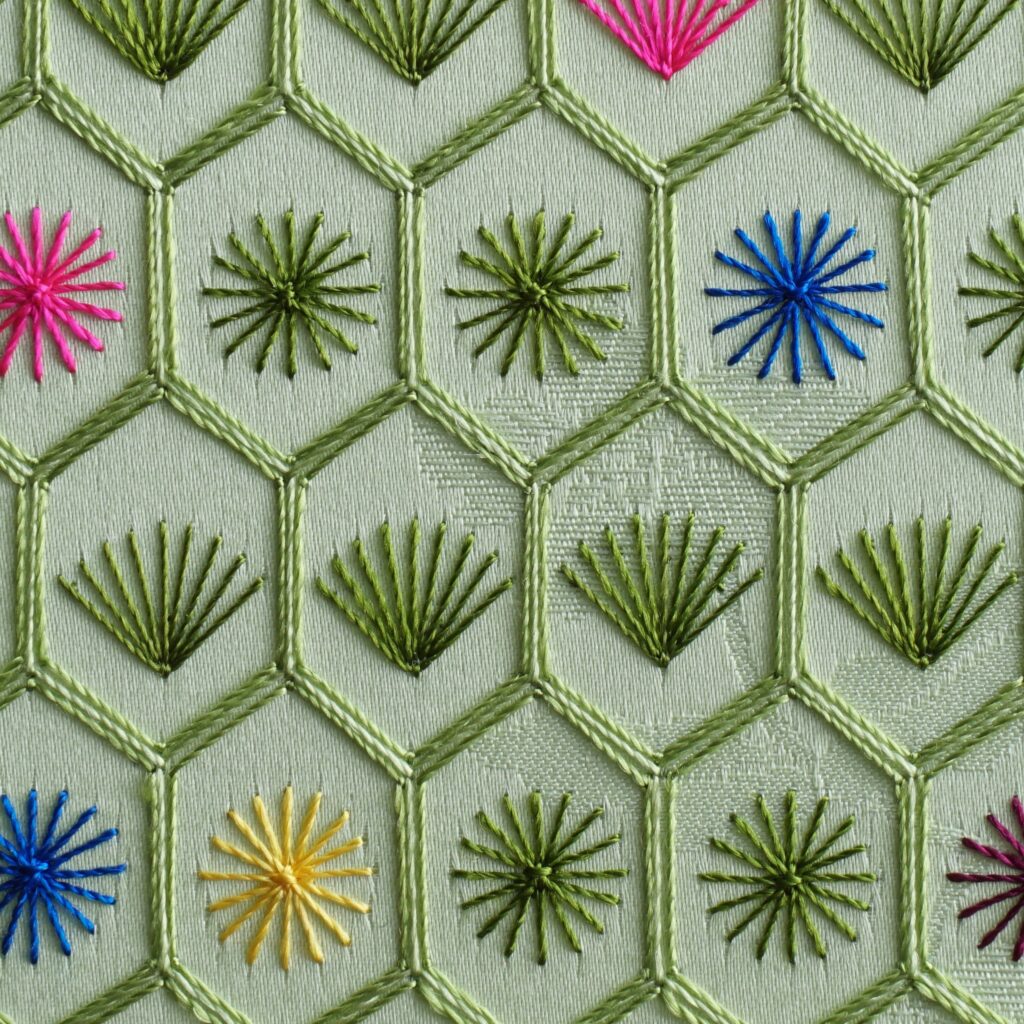
Korean Embroidery
with Heehwa Jo
In this class, Heehwa Jo will teach two important Korean stitches: 솔잎수[solip-su](pine leaf stitch) and 귀갑수[gwigap-su](tortoise shell stitch). Both stitches are rich in symbolism and versatility, making them perfect for various projects. As we stitch together, Heehwa will provide a brief overview to the art of Korean embroidery.
October 31, 2024
Dates
Hungarian Written Embroidery – September 26, 2024
Sashiko Embroidery – October 3rd, 2024
Chicken Scratch Embroidery – Oct 10th, 2024
Otomí Embroidery – October 17th, 2024
Raojia Embroidery – October 24th, 2024
Korean Embroidery – October 31st, 2024
Time
All classes are from 12pm – 2:30pm Eastern Time*
*Participants will also have access to recordings of the live sessions in case you cannot attend. Access to these recording will be available for one month after the date of the live session.
Materials
A materials list is posted on each class page. An optional materials kit is available for purchase through TATTER here.
The TATTER-curated kit includes:
- (1) Embroidery hoop
- (1) Erasable Frixion pen
- (1) Pair of blue snips by Tatter
- (6) skeins of six-strand cotton embroidery thread by Tatter
- (2) skeins of Soie d’Alger silk threads
- (3) skeins of DMC cotton floss
- (2) spools of Soie Gobelins silk threads
- (1) skein sport weight cotton yarn
- (1) Pack of embroidery needles, sizes 5-10
- (1) Pack of sashiko needles
- (1) Short darning needle
- (2) Quilting Mi Longues needles
- (1) 12″ x 12″ piece of medium weight natural colored linen
- (2) 12″ x 12″ pieces of natural Kona Cotton
- (1) 12″ x 12″ piece of blue Essex Linen/Cotton blend
- (1) 10″ x 10″ piece of cotton with design for Otomí (hand-drawn by Tenango artisans!)
- (1) Fat quarter of blue gingham cotton
- (1) 5″ x 6.5″ piece of dark blue twill cotton
- (1) 5″ x 6.5″ piece of Azumino mommen sashiko fabric
- (1) 5″ x 6.5″ piece of sheer fusible web
- (2) sheets white carbon tracing paper
Please note: The TATTER kit includes most of the materials suggested for each class. Please view individual class pages for a comprehensive list of what each class may suggest or require.
Tuition
$65 for one class. $350 for the series.
*These sessions will be recorded. A link to the recording will be emailed to all those who register following each live session. The links are live for one month for you to watch at your convenience.
We have two scholarships available for this experience. To be considered for the scholarship please email [email protected] with some information about yourself, your making practice, and why you would like to participate.
Our Instructors
